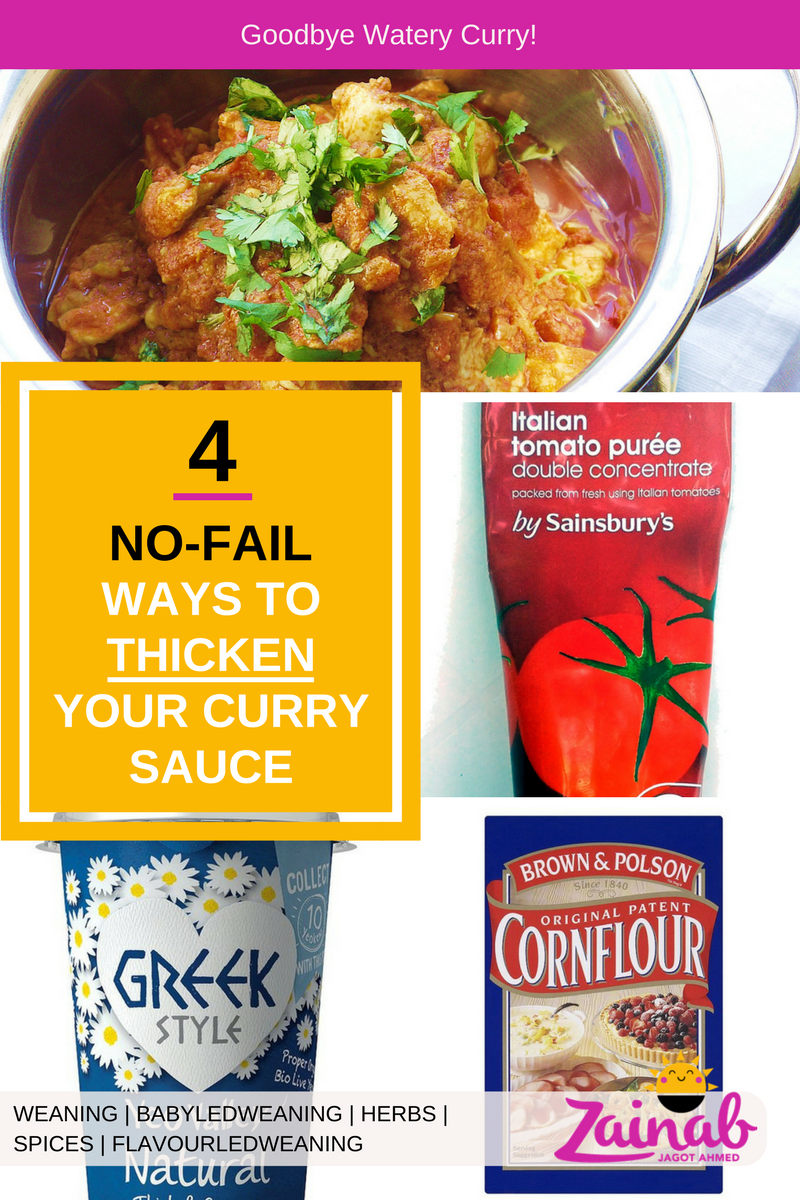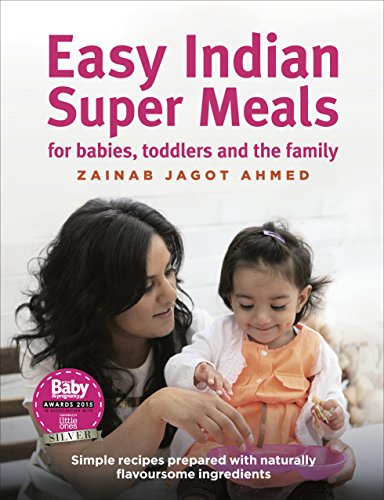Four Ways to Thicken Your Curry Sauce
I remember when I first started cooking, my curry sauce was always surrounded by little puddles of water, and no amount of simmering combined with vigorous stirring would thicken the sauce. It felt like it was taking a lifetime to reduce and in the meantime my vegetables would overcook, or my chicken would dry out. So there was no other alternative… I would have to pour out some of the water into the sink before I served it up for dinner and hope no one would notice. Oops! I do however love cooking and I refused to be beaten by ‘the watery curry sauce’. So after numerous lessons from my mum, ‘the experienced one’, and through experimentation of my own; I learnt that adding one key ingredient can be the difference between serving up a rich, luscious curry sauce or having a river running through your curry.
So here are four different methods you can use to help answer the question I am most frequently asked… ‘How can I thicken my curry sauce?’
1. Tomato puree/ paste
Ideal for tomato-based sauces so great for Indian and Italian cookery. Adding tomato puree is probably the most common method of thickening curry sauces. Simply add the tomato puree during the cooking process rather than adding it at the end. This will help to thicken your curry or pasta sauce from the beginning, speeding up the cooking time.
2. Cornflour
Ideal for Chinese sauces or Thai curries but can also be used for Indian curries. Add one tablespoon of cornflour to two or three tablespoons of cold water and stir. Pour the mixture into the sauce and allow to simmer until the sauce begins to thicken. Which doesn’t take very long.
3. Yogurt
Ideal for Indian curries and can be used as a cream substitute (which is also thickens sauces). This is another common thickening agent used within Indian cookery. I like to use Greek style yogurt rather than natural yogurt because it’s thick, creamy and it doesn’t tend to curdle in the pan. I would still recommend adding a little at a time though and stirring just to be sure. Yogurt can be used alone or along with tomato puree depending on what the sauce base is.
4. Simmer down
Ideal for all curries and sauces, this is the traditional method I was trying for years, and failing miserably at! But it is still necessary even if you use one of the above key ingredients. Including them in the cooking process just ensures you won’t need to simmer your curry sauce for as long as you would without them.
Simply simmer your sauce on low heat (uncovered) until the sauce reduces. If you are cooking vegetables, try reducing the sauce first and then adding the vegetables. This will help you to avoid overcooking the vegetables maintaining valuable nutrients for the whole family.
So there you have it, my top four methods to achieving a fabulously rich curry sauce. Some of these methods may not be ‘authentic’ to some cuisines, but it gets the job done so I don’t tend to lose much sleep over it. Also, as mentioned, using a combination of these key methods will ensure you never see a runny curry again!















